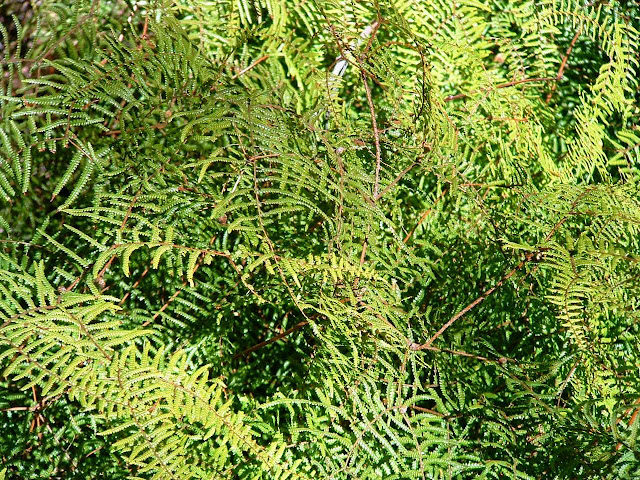ANVIL ROCK, BLACKHEATH
BLUE MOUNTAINS NEW SOUTH WALES AUSTRALIA
 Anvil Rock is located on the edge of the Grose River gorge, about 7 km north of Blackheath. Access is via Hat Hill Road to the Blue Mountains National Park; the road and track to the Rock are clearly signposted.
Anvil Rock is located on the edge of the Grose River gorge, about 7 km north of Blackheath. Access is via Hat Hill Road to the Blue Mountains National Park; the road and track to the Rock are clearly signposted.
Anvil Rock was named because of its shape by the
then Blackheath Municipal Council in 1938 when the present road was
constructed. Ten years later, the steel anvil which is now attached to the top
of the rock was first put in place. You can read the story of how this was
done, how it was lost for more than 30 years and how it was reattached in 2008
here .

The walk from the car park takes less than 15
minutes and there are great views of the Grose River gorge both from the track
and from Anvil Rock itself. The day I was last there was clear and fine and it
was easy to zoom in and photograph the high rise buildings in the centre of
Sydney.
 |
| Mt Banks August 1964 |

The views from Anvil Rock are superb, and the
centrepiece is Mt Banks, which lies
immediately opposite. The annotated photo below comes from “Layers of Time: The Blue Mountains and
Their Geology” (DIGS reference GS1998/519). See the Blog entry
on “DOWNLOADING PDF DOCUMENTS FROM DIGS”. You can readily identify the main
strata, from the basalt cap down through the Triassic and into the Permian
below. This is one of the best places in the Blue Mountains to see such a stratigraphic column of the Sydney Basin sedimentary rocks.
For the Wild Walks description of the Anvil Rock walk
click here .
Here is a link to a 1950’s photo of the rock by
celebrated photographer Frank Hurley.
My Anvil Rock video may be found here .
https://johnsbluemountainsblog.blogspot.com/2013/12/links-to-all-blog-entries-and-relevant.html All Blue Mountains blogs and videos
All New England and other Geology blogs and videos
Limestone Caves of NSW
Song Studies. Bible studies based on hymns and songs
Shoalhaven District Geology.




















